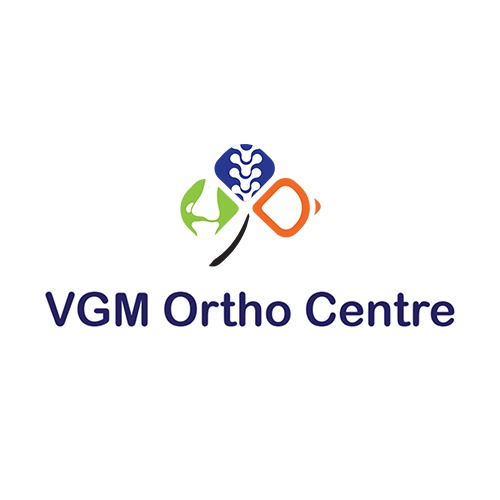

Unicondylar/Unicompartmental Knee Replacement (UKR) simply means that only a part/compartment of the knee joint is replaced through a smaller incision than would normally be used for a total knee replacement.
Degenerative osteoarthritis usually begins in one compartment of the knee, usually the inner/medial side and hence when the disease is identified earlier, the patient can be saved from a more extensive Total Knee Repalcement surgery.
Smaller incision
Smaller scar
Blood transfusion rarely required
Not as much bone removed
Shorter hospital stay
Faster recovery and rehabilitation
Better movements are achieved
Feels more like a normal knee
Lesser need for physiotherapy
Able to be more active than after a total knee replacement
Can be converted to Total Knee Replacement anytime if needed
If this surgery is not done by a trained surgeron, the results are not as promising. Some residual pain maybe present. Total Knee replacement maybe needed somewhere in the future.
Age above 50 years is ideal
Minimal or no deformity of the knee
Radiological (X ray) confirmation
The doctor should clinically examine and confirm
Pain and restricted mobility interferes with your lifestyle
Age below 50
Severely bent knee
Presence of rheumatoid arthritis etc, because disease will progress
Arthritis affecting more than one compartment
Unstable knee with ligament damages
Patients of this age group mostly have severe arthritis and need Total knee replacement surgery. However some patients tend to develop arthritis in much later age only and may still have arthritis confined to one joint.
Most patients can walk within 24 hours after surgery. However pain tolerance, general condition, co-morbid diseases, muscle strength, degree of deformity corrected, bone strength are factors to consider. Hence some patients may walk in 48 hours.
Patients usually climb two to five steps before discharge. This ensures that they can achieve independence when they return home and need not depend on family members for support.
Patients usually stay for around five days after surgery (range of 3 to 7 days). The purpose of post-operative hospital stay is wound dressing, antibiotics, pain killers and other medications, exercises under physiotherapist guidance, training to achieve independence after surgery.
The sutures usually come off by 12-14 days after surgery. Usually two dressings are done during hospital stay. After discharge one further dressing maybe needed before suture removal. All dates can be comfortably made up by prior appointments.
There is no need for a walker usually. However a walker is advised as a temporary support for 3-4 days for pain relief and to encourage walking.
In some patients, a brace is suggested as a support for weak bones (E.g. Osteoporosis, Rheumatoid arthritis). A brace can also help in pain relief initially.
The role of a physiotherapist is to encourage mobility, aid and assist in achieving movements of the knee, improving muscle strength and achieving independence after surgery.
Invariably all individuals after 40 years of age have one disease atleast like diabetes, hypertension. Heart disease, asthma, thyroid, eosinophilia, allergy etc.. The mere presence of such diseases is definitely not a contraindication. However, since this is an elective surgery, it is better to control these co-morbid illnesses and then perform the surgery.
Depending upon the need and progression of the disease, sometimes the patient may need Total Knee Replacement after many years.